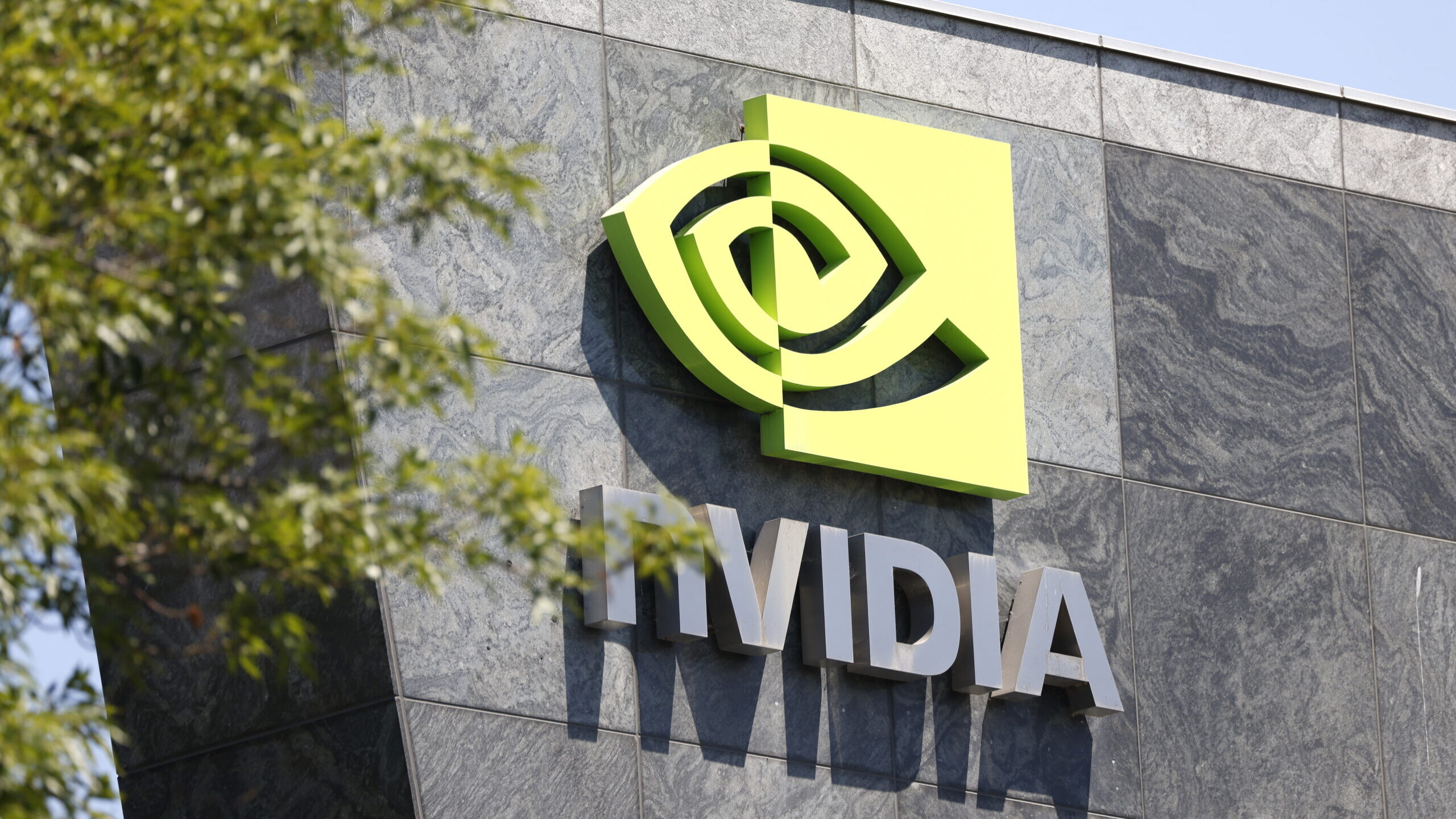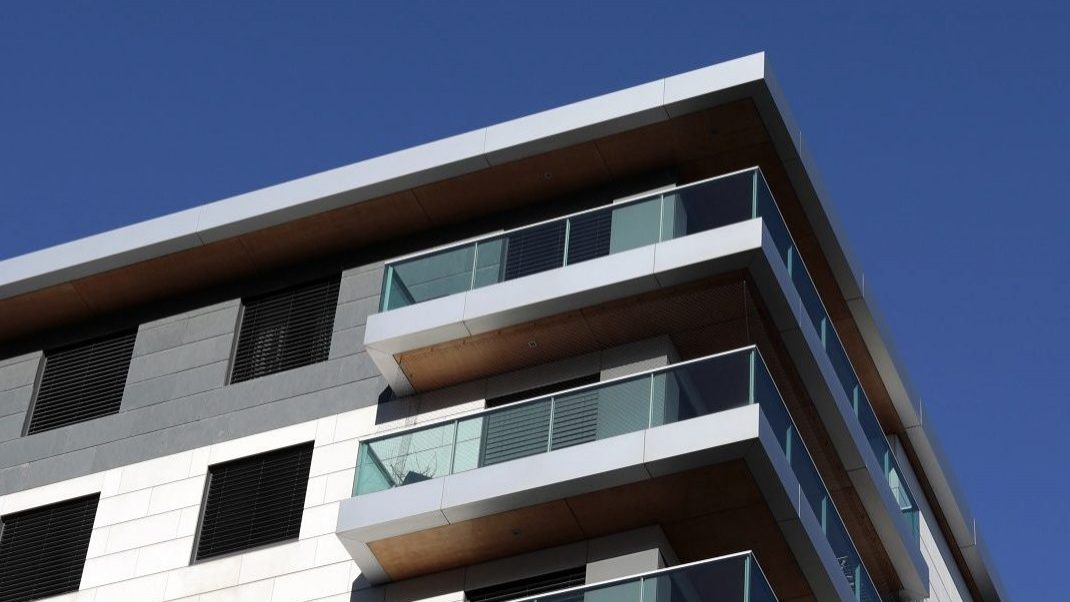The 11 criteria that will decide who buys TAP
The tender specifications define the criteria that the Government will use to select the interested parties that will proceed to the binding bid submission phase and the final winner.
The legislative piece that was missing to kick-start the reprivatisation of 49.9% of TAP has now been published, and the deadline for interested parties to express their interest in the Portuguese airline is counting down.
The specifications define the criteria that will guide the Government’s selection of candidates who will be asked to submit binding proposals, the third stage of the operation, from those who move on to the fourth stage, aimed at the submission of final and improved proposals, following a period of negotiation, and for the final award.
In total, there are 11 criteria, ranging from price to strategic and industrial plans, including respect for the labour commitments already made by the airline.
1. Price offered for TAP shares
As it is the Government’s intention to “maximise the proceeds” from the operation, it is natural that the first criterion should be the “value presented for the acquisition of the shares representing the share capital of TAP that are the subject of the direct sale, namely the price per share, the number of shares to be acquired, and the overall financial proceeds”.
The specifications allow for “possible alternative forms of payment of the price, such as exchange of shares”.
2. Experience in the sector
Immediately after the price, the Government placed “the degree of knowledge, technical and management experience in the air transport sector evidenced in the proposal, including previous experience in acquisitions or strategic partnerships of a similar scale to that envisaged with the present direct sale”.
This is also a requirement for participating in the operation. To apply, interested parties must be duly certified air operators with technical and management knowledge and experience in the air transport sector, and a minimum size, measured in terms of turnover (€5 billion).
3. Financial sustainability
Unlike the 2015 privatisation, when the airline was on the verge of bankruptcy, this time it has a balanced financial situation, after €3.2 billion was injected by the State. Even so, the selection will be influenced by “the bidder’s guarantees of financial sustainability, presented in the proposal, and TAP’s financial profitability projection after the completion of the direct sale”.
4. Ambitious industrial plan
One of the objectives of the sale of TAP is to find a partner that will enable the airline to accelerate its growth. It will therefore be crucial to “present and guarantee the implementation, including from an investment and resource allocation perspective, of an ambitious and sustained industrial and strategic plan, focusing on the air transport business, namely on the connectivity of TAP’s current and future strategic platforms in Portugal, and a fleet plan with reference to the connectivity of airport infrastructures and routes to be operated therein, particularly long-haul routes”.
5. Brand preservation, Lisbon hub and routes
The presentation of a strategic project with guaranteed investment and resource allocation will be valued, with the aim of ensuring “the preservation and promotion of TAP’s growth, enhancing the TAP brand and respecting the objectives established for the reprivatisation process and existing agreements with third countries, particularly regarding the location of TAP’s headquarters and main establishment”.
The strategic project should also promote the strengthening of TAP’s competitive position as a global air transport operator, in current and new markets, with regard to air links between the main national airports and the autonomous regions, the diaspora and Portuguese-speaking countries and communities, and the enhancement and development of its human resources.
6. Recognition of public service obligations
“The assumption that TAP will ensure the maintenance of any public service obligations” is also one of the criteria for selecting candidates.
7. Legal guarantees
“The absence of legal or economic-financial constraints that significantly hinder the direct sale of the reference asset” will also be assessed by the Government. Namely, with regard to obtaining regulatory authorisations, including in relation to merger control and foreign subsidies that distort the internal market, as well as the absence or mitigation of conflicts of interest between the activities of the bidder and those of the TAP Group, the mitigation of risks to the interests of the State and to the pursuit of the objectives of privatisation.
8. Assumption of regulatory risks
“The assumption of risks associated with the presentation of any regulatory commitments necessary for the completion of the direct sale of reference” will also be considered by the Government.
9. Respect for labour commitments
Respect for company agreements was one of the unions’ demands. The Government has set as one of the criteria “the assumption that TAP will respect its labour commitments, namely, under the terms of the law and the Constitution, with regard to the rights of TAP workers, as well as all collective labour regulation instruments in force”.
10. Future privatisation phase
Although the Prime Minister wanted to sell the majority of the capital, the Government recognises that the political conditions in Parliament do not allow for this. It has therefore proceeded with the sale of a majority stake, but wants to know what the privatisation candidates would propose in a new phase of privatisation.
The Executive will assess “the bidder’s perspective on a possible strengthening of its shareholding position in TAP, including, in particular, a preliminary view on formulas and methodologies for valuing such a possible strengthening”.
11. Maintenance and sustainable fuels
In the assessment of the industrial plan, proposals for the development of the sustainable aviation fuel production business will be valued, as well as “maintenance and engineering services, namely component and engine maintenance, and the promotion of investment in maintenance facilities”.
The specifications do not indicate the weighting of each criteria. They merely state that the selection “is based on the application of the selection criteria identified in the previous paragraph, which, in turn, are applied and duly assessed in light of the main objectives of the privatisation process and the underlying public interests”.




